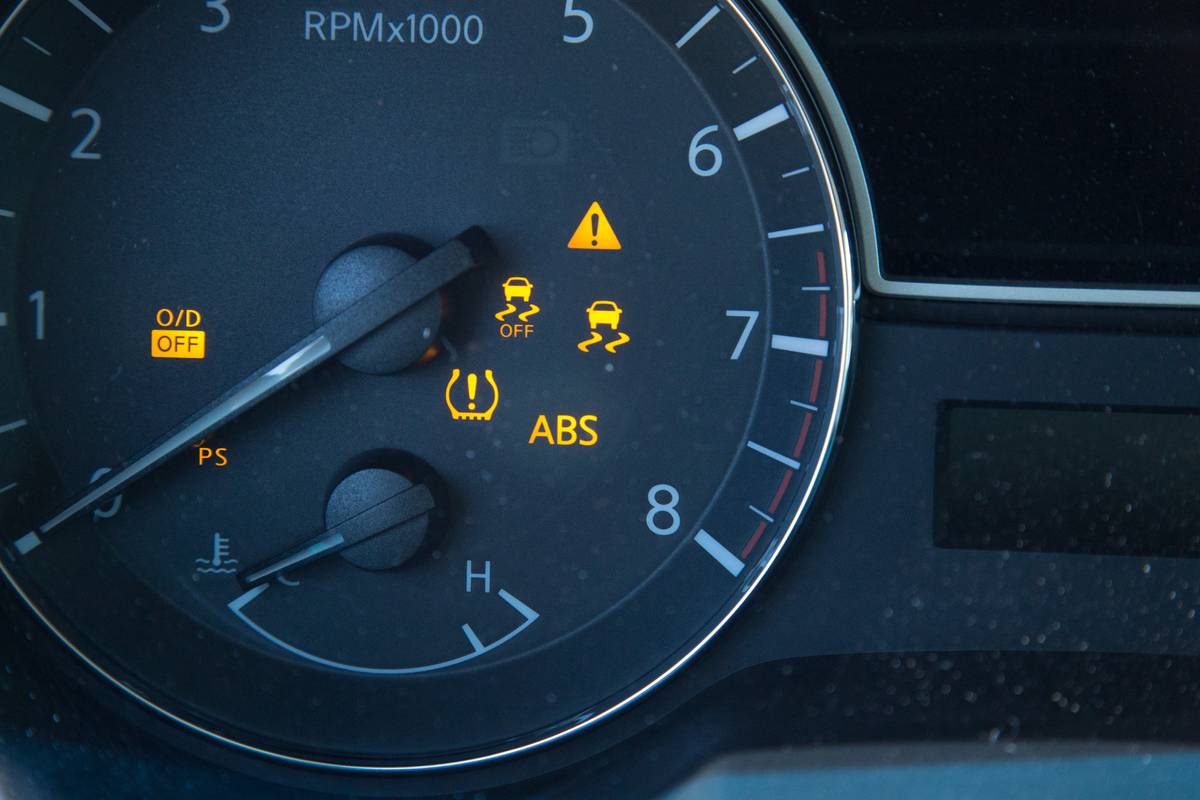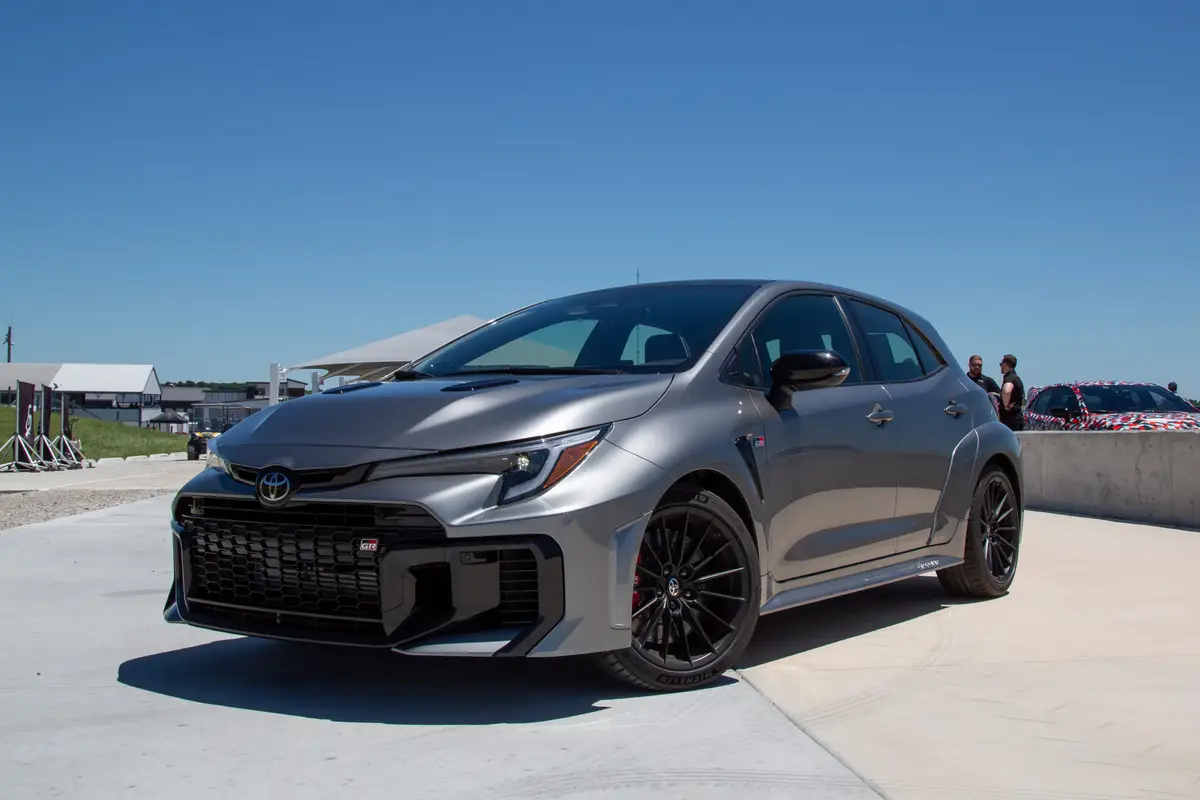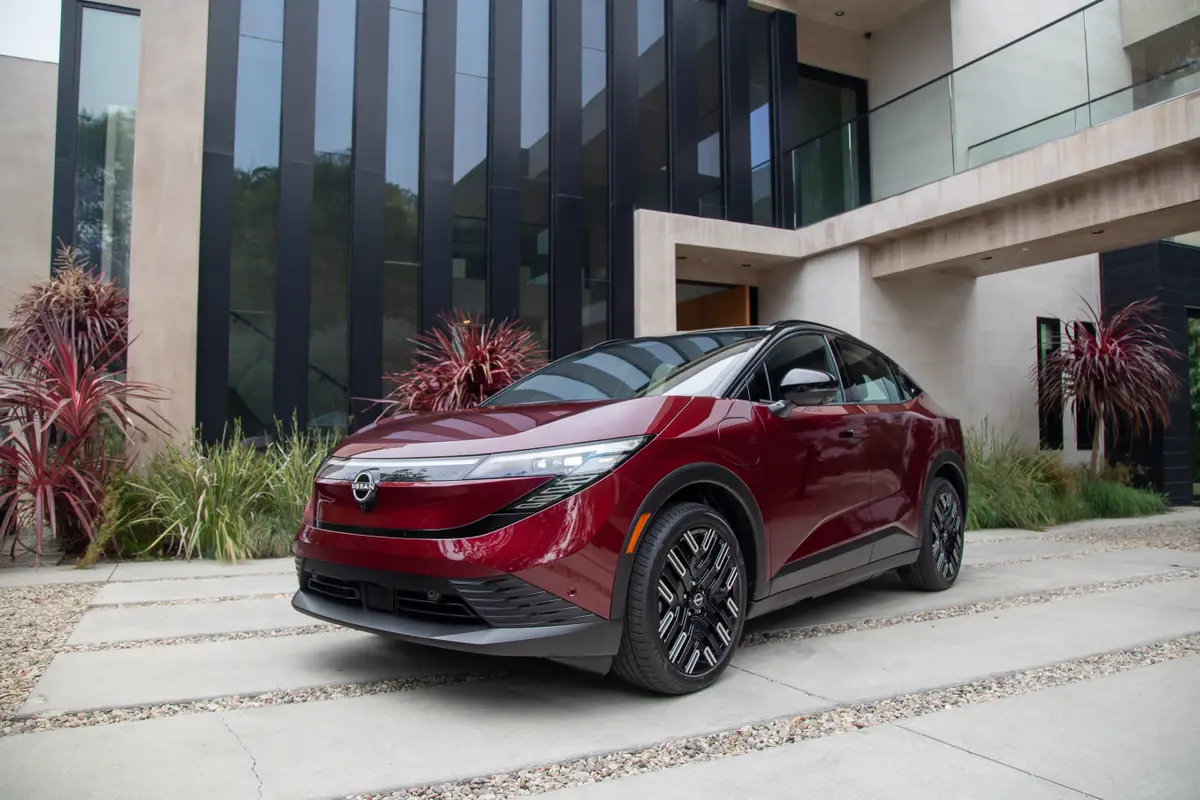What Does VSC Stand For?


VSC stands for vehicle stability control, an electronic system designed to reduce the loss of vehicle control by monitoring steering direction and a vehicle’s actual direction, then applying braking force and possibly even reducing power to specific wheels in an attempt to counter a skid.
Related: What Does TPMS Mean?
- ${price_badge()}
- ${ami_badge()}
- ${battery_badge()}${ev_report_link()}
- ${hot_car_badge()}
- ${award_badge()}
- ${cpo_badge()}
${price_badge_description}
${ami_badge_description}
The EV Battery Rating is based on this vehicle's current expected range relative to the vehicles expected range when new. ${battery_badge_text}
Certified cars are manufacturer warrantied and typically go through a rigorous multi-point inspection.
This car is likely to sell soon based on the price, features, and condition.
${award_blurb}
${award_two_blurb}
Shop the 2020 Hyundai Palisade near you


VSC goes by many other acronyms, as well, one of the most common being ESC (for electronic stability control), which is used by both the National Highway Traffic Safety Administration and SAE International (formerly the Society of Automotive Engineers). Manufacturers use a variety of brand-specific names for the system (VSC can be found in Toyotas, for example).
Federal law has required all new cars sold in the U.S. since the 2012 model year to be equipped with VSC/ESC as standard equipment, but the technology has existed in some form since the 1980s. It differs from traction control, which adjusts wheelspin to provide improved traction but is not meant to improve steering control.
When the system activates, an icon typically will illuminate somewhere on the dashboard or gauge cluster, usually depicting a car with skid marks behind it inside a warning triangle. In some (but not all) vehicles, the system can be deactivated — either fully or partially — for situations where its intervention is undesirable, such as during performance driving. Manufacturers may also adjust the system’s parameters in order to allow for some slipping and sliding even when the system is fully engaged, usually in higher-performance cars.
More From Cars.com:
- What Does SRS Mean?
- What Is Dexos Oil?
- How Many Miles Is Too Many for a Used Car?
- Car Clicks When Trying to Start? 5 Common Causes
- What’s Causing Your Check Engine Light to Come On? Here’s 10 Common Culprits
To learn what VSC/ESC is called in your particular car and how it operates, check your owner’s manual, which should have valuable information on all of its various safety systems.
Cars.com’s Editorial department is your source for automotive news and reviews. In line with Cars.com’s long-standing ethics policy, editors and reviewers don’t accept gifts or free trips from automakers. The Editorial department is independent of Cars.com’s advertising, sales and sponsored content departments.

Road Test Editor Brian Normile joined the automotive industry and Cars.com in 2013, and he became part of the Editorial staff in 2014. Brian spent his childhood devouring every car magazine he got his hands on — not literally, eventually — and now reviews and tests vehicles to help consumers make informed choices. Someday, Brian hopes to learn what to do with his hands when he’s reviewing a car on camera. He would daily-drive an Alfa Romeo 4C if he could.
Featured stories




